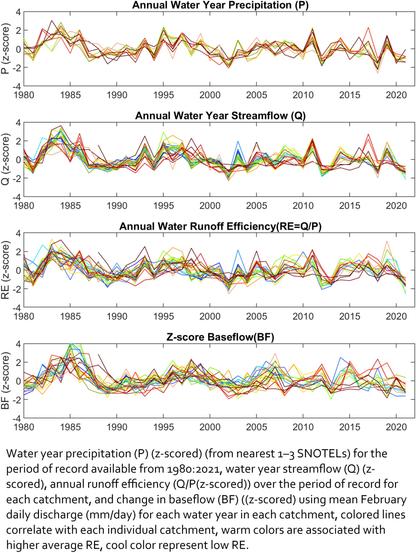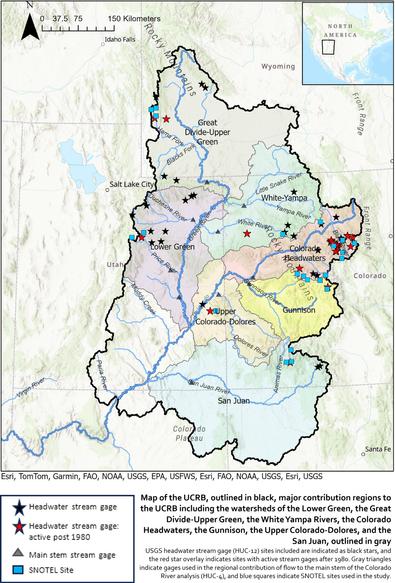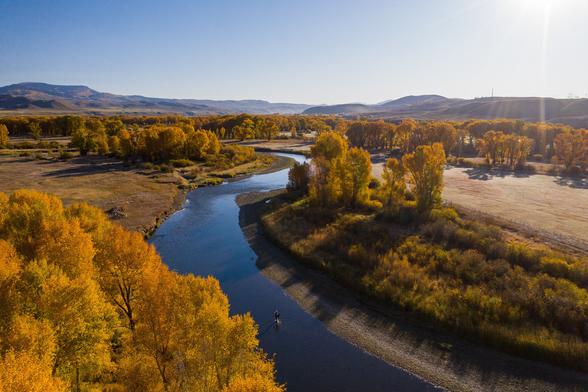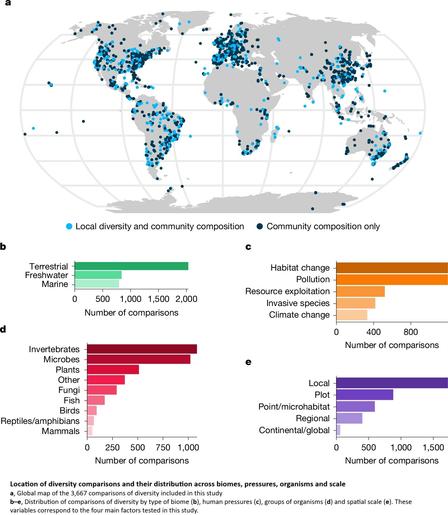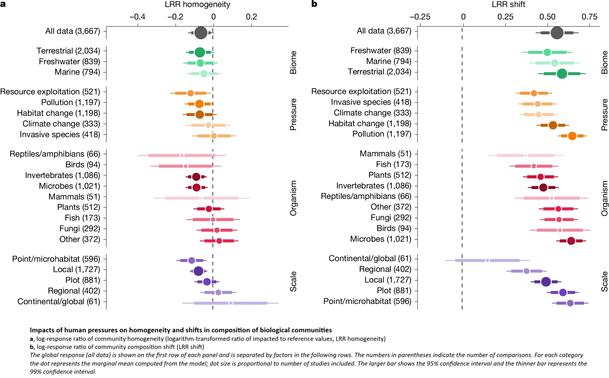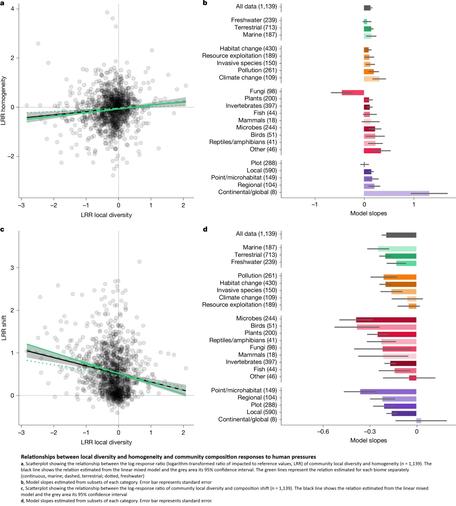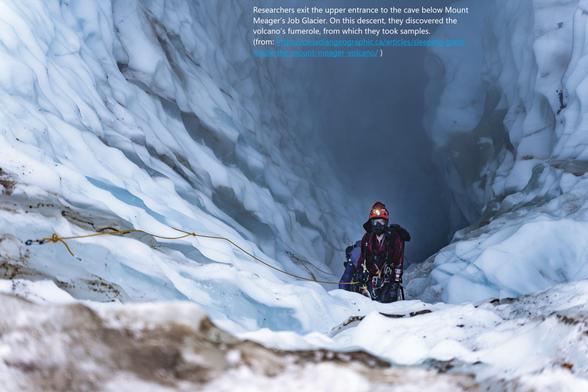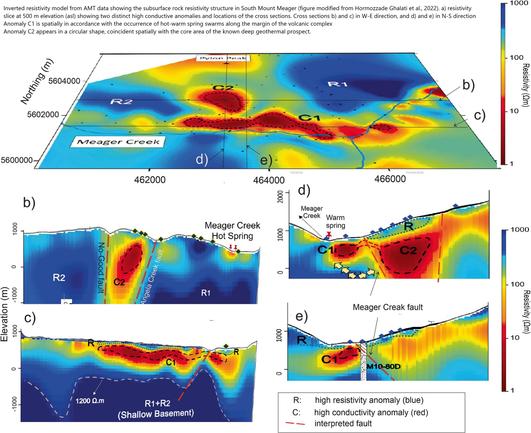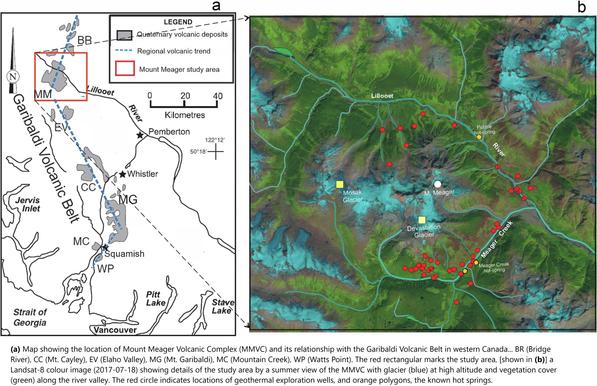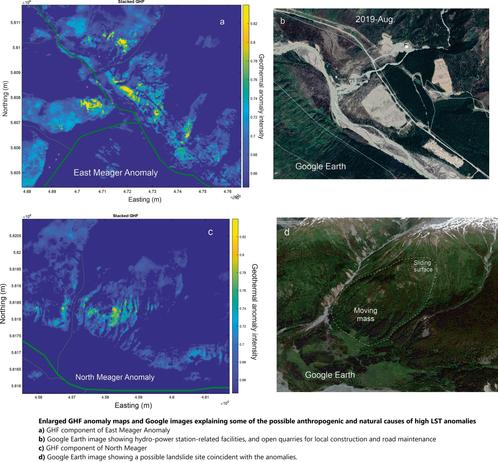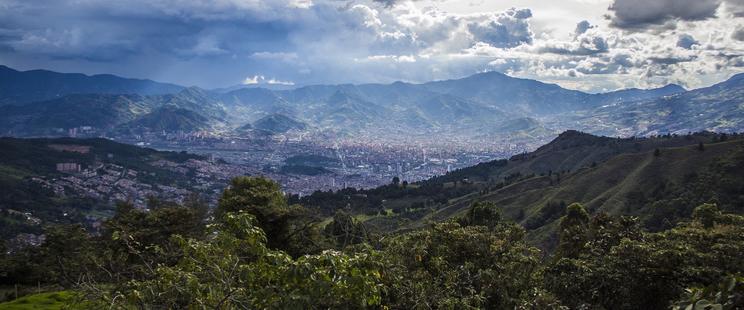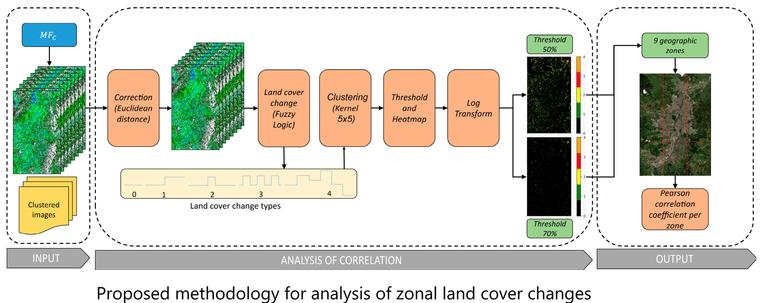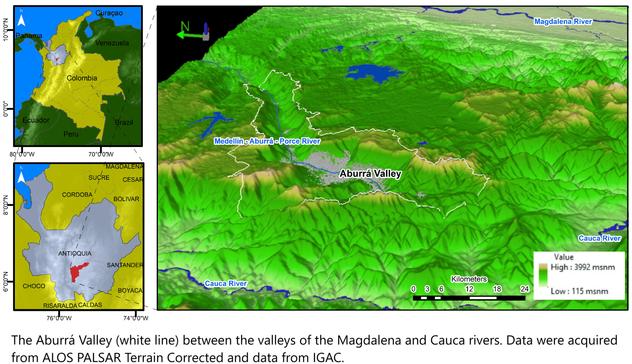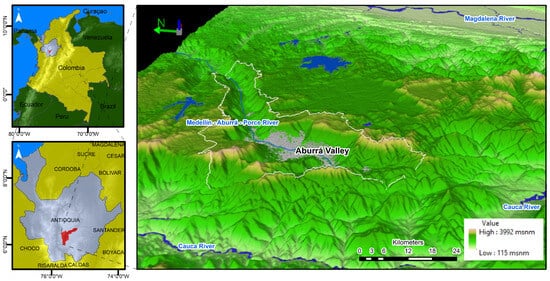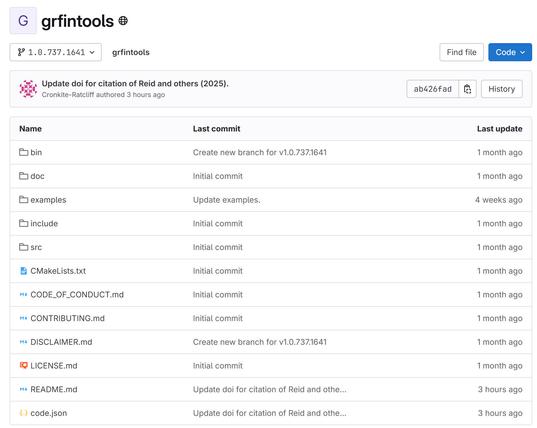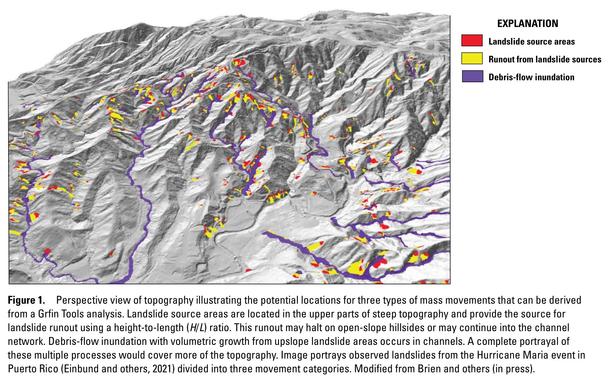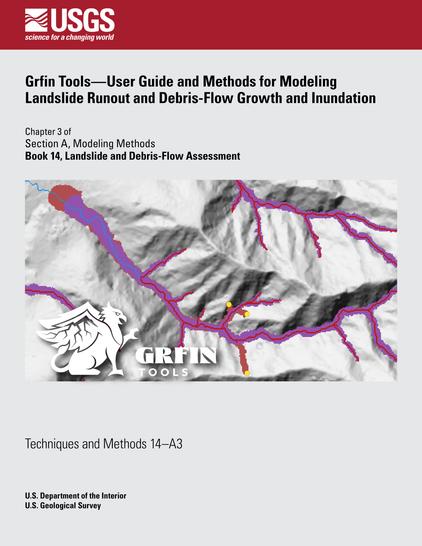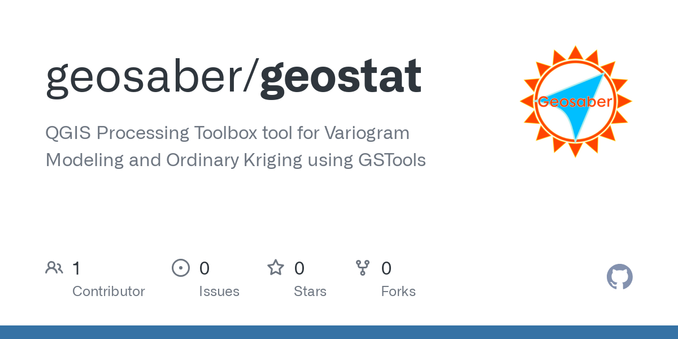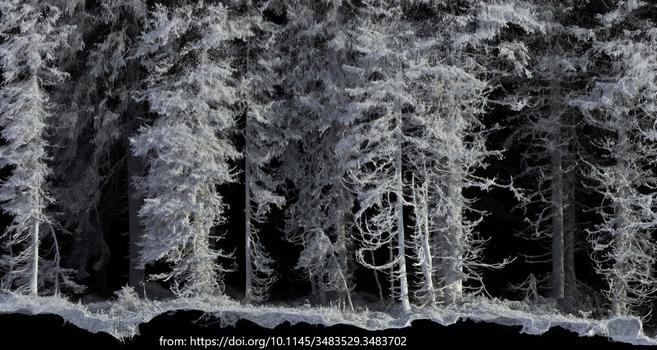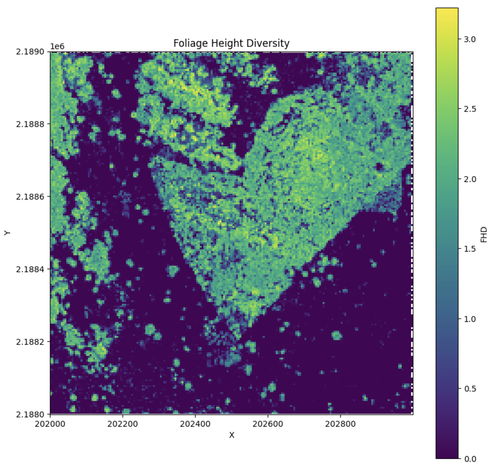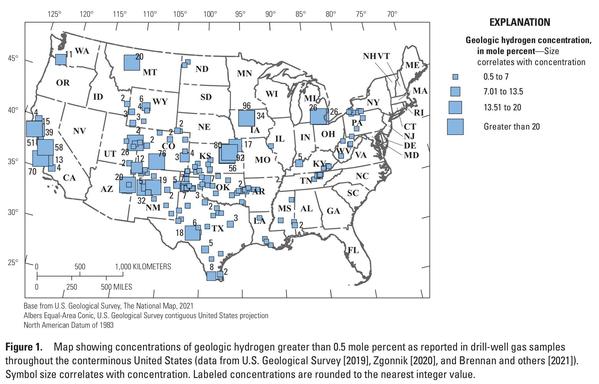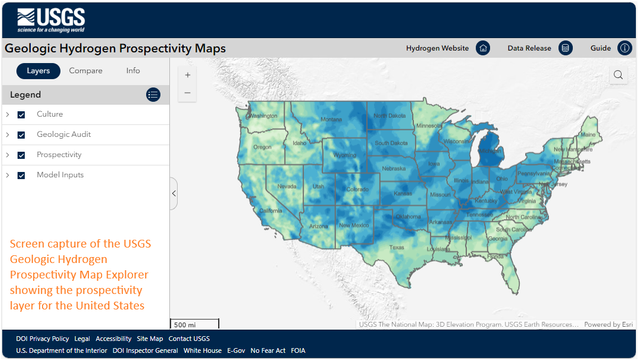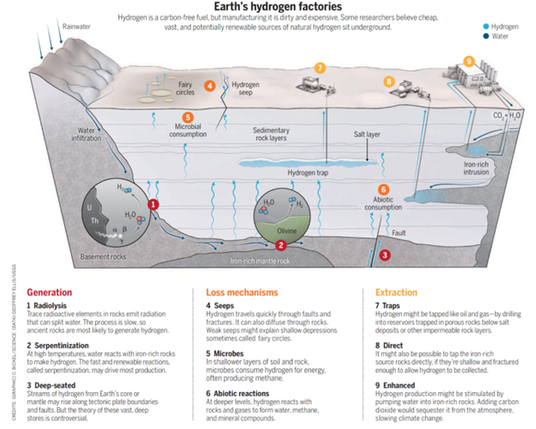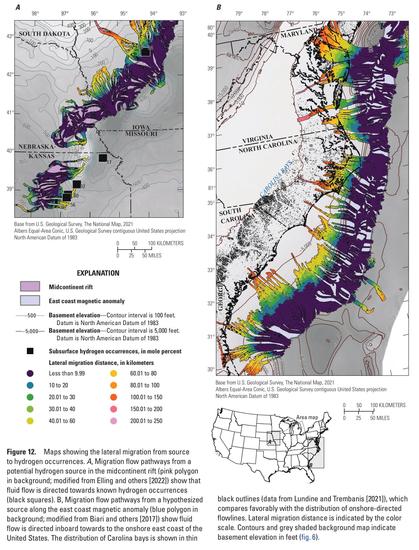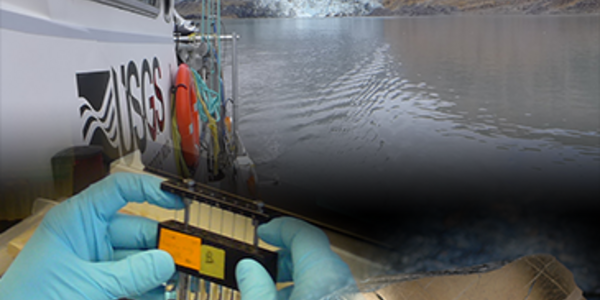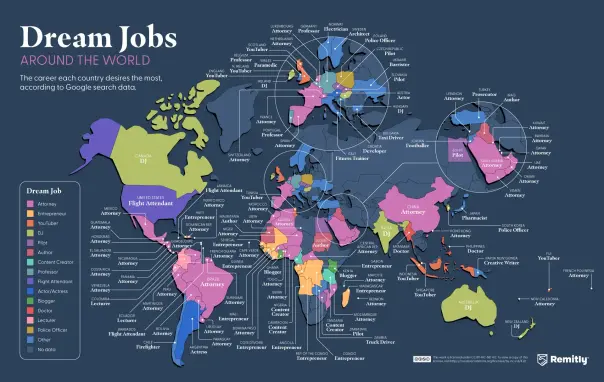A Methodology for the Multitemporal Analysis of Land Cover Changes and Urban Expansion Using Synthetic Aperture Radar (SAR) Imagery: A Case Study of the Aburrá Valley in Colombia
The Aburrá Valley, located in the northwestern region of Colombia, has undergone significant land cover changes and urban expansion in recent decades, driven by rapid population growth and infrastructure development. This region, known for its steep topography and dense urbanization, faces considerable environmental challenges. Monitoring these transformations is essential for informed territorial planning and sustainable development. This study leverages Synthetic Aperture Radar (SAR) imagery from the Sentinel-1 mission, covering 2017–2024, to propose a methodology for the multitemporal analysis of land cover dynamics and urban expansion in the valley. The novel proposed methodology comprises several steps: first, monthly SAR images were acquired for every year under study from 2017 to 2024, ensuring the capture of surface changes. These images were properly calibrated, rescaled, and co-registered. Then, various multitemporal fusions using statistics operations were proposed to detect and find different phenomena related to land cover and urban expansion. The methodology also involved statistical fusion techniques—median, mean, and standard deviation—to capture urbanization dynamics. The kurtosis calculations highlighted areas where infrequent but significant changes occurred, such as large-scale construction projects or sudden shifts in land use, providing a statistical measure of surface variability throughout the study period. An advanced clustering technique segmented images into distinctive classes, utilizing fuzzy logic and a kernel-based method, enhancing the analysis of changes. Additionally, Pearson correlation coefficients were calculated to explore the relationships between identified land cover change classes and their spatial distribution across nine distinct geographic zones in the Aburrá Valley. The results highlight a marked increase in urbanization, particularly along the valley’s periphery, where previously vegetated areas have been replaced by built environments. Additionally, the visual inspection analysis revealed areas of high variability near river courses and industrial zones, indicating ongoing infrastructure and construction projects. These findings emphasize the rapid and often unplanned nature of urban growth in the region, posing challenges to both natural resource management and environmental conservation efforts. The study underscores the need for the continuous monitoring of land cover changes using advanced remote sensing techniques like SAR, which can overcome the limitations posed by cloud cover and rugged terrain. The conclusions drawn suggest that SAR-based multitemporal analysis is a robust tool for detecting and understanding urbanization’s spatial and temporal dynamics in regions like the Aburrá Valley, providing vital data for policymakers and planners to promote sustainable urban development and mitigate environmental degradation.

